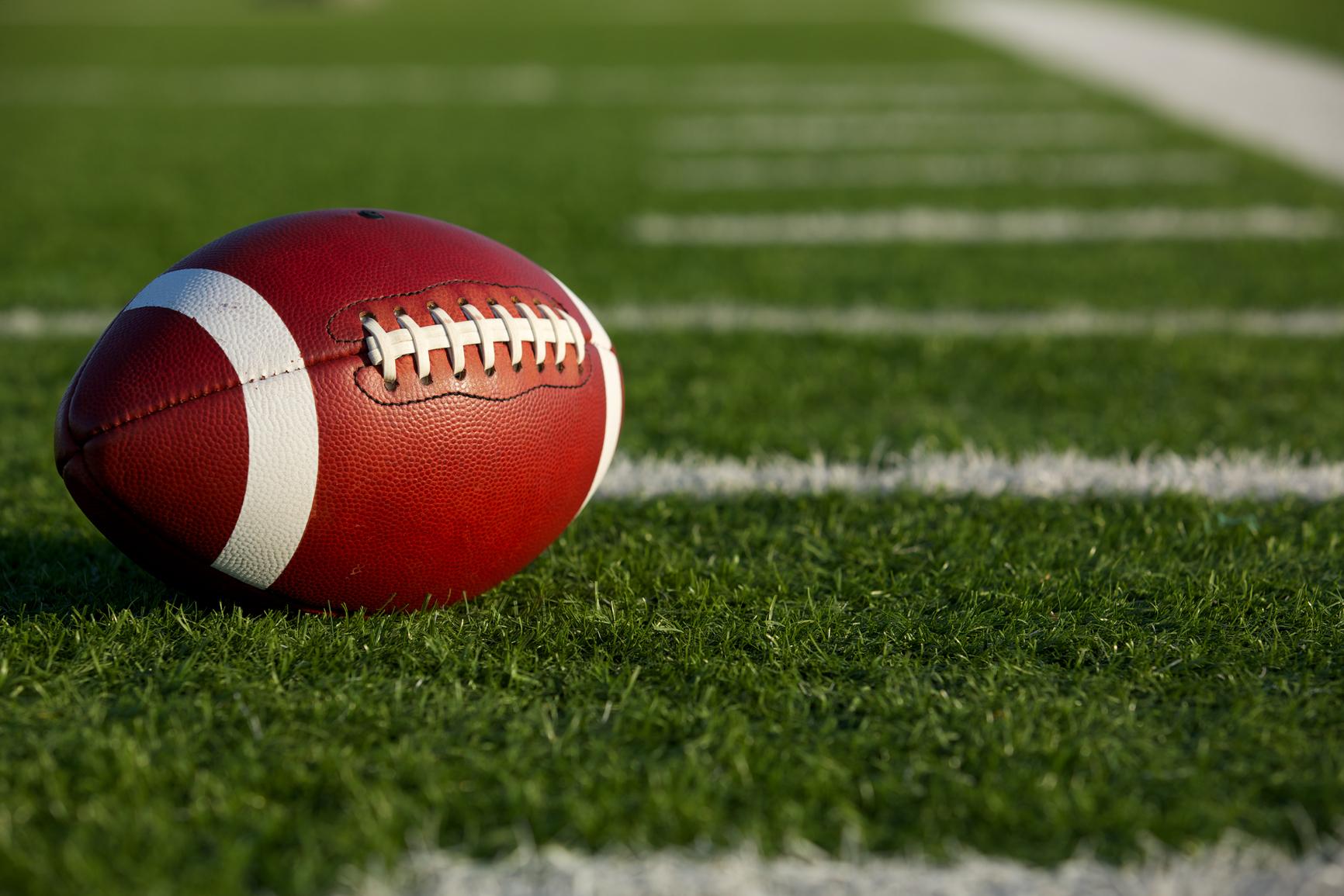Ready, Set, Hike! Common High School Football Injuries

Ready, Set, Hike! Common High School Football Injuries
The high school football season in Texas is always full of excitement and fierce competition. As games get underway this year, fans can watch battles between favorites like Austin and Dulles Mercer, Elkins and Willowridge Hall, the Fort Bend Buffaloes and Richmond Fester and Fort Bend Travis and Katy Seven Lakes. The roster promises to fill fans’ Friday nights with the action and athletic prowess football fans are known to crave.
In fact, most Texas parents would be proud to have their high schooler take to the grid iron and engage in some of the fastest paced and most competitive football in the country. Even so, they would do well to keep in mind the range of injuries that afflict even the healthiest and most robust of athletes each year in this state. Before they get caught up in the excitement and fun of fall football, parents and the athletes themselves should understand the common injuries that now hallmark this purely American sport.
Minor Injuries
Even a mild injury can bring a player’s season to a halt and cost him several weeks’ worth of play, along with his best chances of being scouted by a college recruiter. Some of the more minor afflictions from which players routinely suffer because of this sport include:
- Sprained ankles
- Dislocated knees, toes, and shoulders
- Pulled hamstring muscles
- Chronic cramping in their legs and thighs
- Bruises
- Broken teeth
The team trainer may be able to patch up a player and get him back out on the field for the remainder of the game. However, players who suffer from these less serious afflictions often can be injured again later, often more severely, because of the damage caused by these seemingly minor injuries.
Critical Injuries
Football players crash and bang into each other, the goal posts, the fencing around the field and other obstacles at alarming speeds. Despite their thick padding and sturdy helmets, players often suffer from critical injuries that can permanently end their season, if not their athletic careers altogether. Countless football players since the sport’s invention have suffered devastating injuries such as:
- Broken legs
- Fractured arms
- Torn ACLs and PCLs
- Broken noses
- Cracked or broken ribs
- Punctured lungs
- Gouged eyes
- Concussions
Players nowadays typically are treated on the field and then transported to the nearest hospital. However, it can be difficult or impossible to regain the level and strength needed to compete again. Parents and athletes who envision football careers beyond high school would do well to appreciate the reality that these and other critical injuries remain a dire threat to many players today.
Concussions and Head Trauma
Given the life-changing and life-threatening nature of these injuries, concussions and head trauma warrant their own discussion. These injuries often prove to be the most difficult from which to recover and can have devastating and permanent consequences on a young player’s life. Many amateur and professional football team leaders understate these injuries in a bid to downplay their serious nature. However, people who sign their kids up for football, as well as the players themselves, should realize that head trauma and concussions are not discriminatory when afflicting athletes in this sport.
In fact, in the last decade scientists have been working fervishly to prove to team owners, athletes and the public in general that a real and dire risk can come from playing football. With each concussion or blow to the head, a player ups his chances of developing a debilitating condition known as Game Brain. Game Brain, known scientifically as Chronic Traumatic Encephalopathy, or CTE, has claimed NFL greats like Mike Webster, Terry Long and Andre Water, as well as undoubtedly many unnamed others whose families and doctors knew not from which they suffered prior to their untimely deaths.
However, as more comes to light about this disease, scientists now know that CTE has several unique symptoms that should alert athletes’ doctors to their condition. Symptoms of Game Brain include:
- Memory loss
- Confusion
- Irritability
- Irrational behavior
- Frequent black outs
- Suicidal tendencies
- Child-like behavior and thinking
It is true that CTE is not known to have yet afflicted any high school football player. Nonetheless, it has claimed the lives of players not much older than the young high school athletes who take to the grid iron each fall. Parents and players alike should acknowledge this risk and decide what actions to take now to minimize the likelihood of this disease affecting their lives in the future.
Friday night fall football remains a favorite of sports fans across Texas. As many parents cheer with pride, they and their young players are cautioned to consider the variety of common injuries that plague this sport. They can take preventative actions now and know what to watch for in the future to help minimize the consequences of football-related injuries on their lives.




